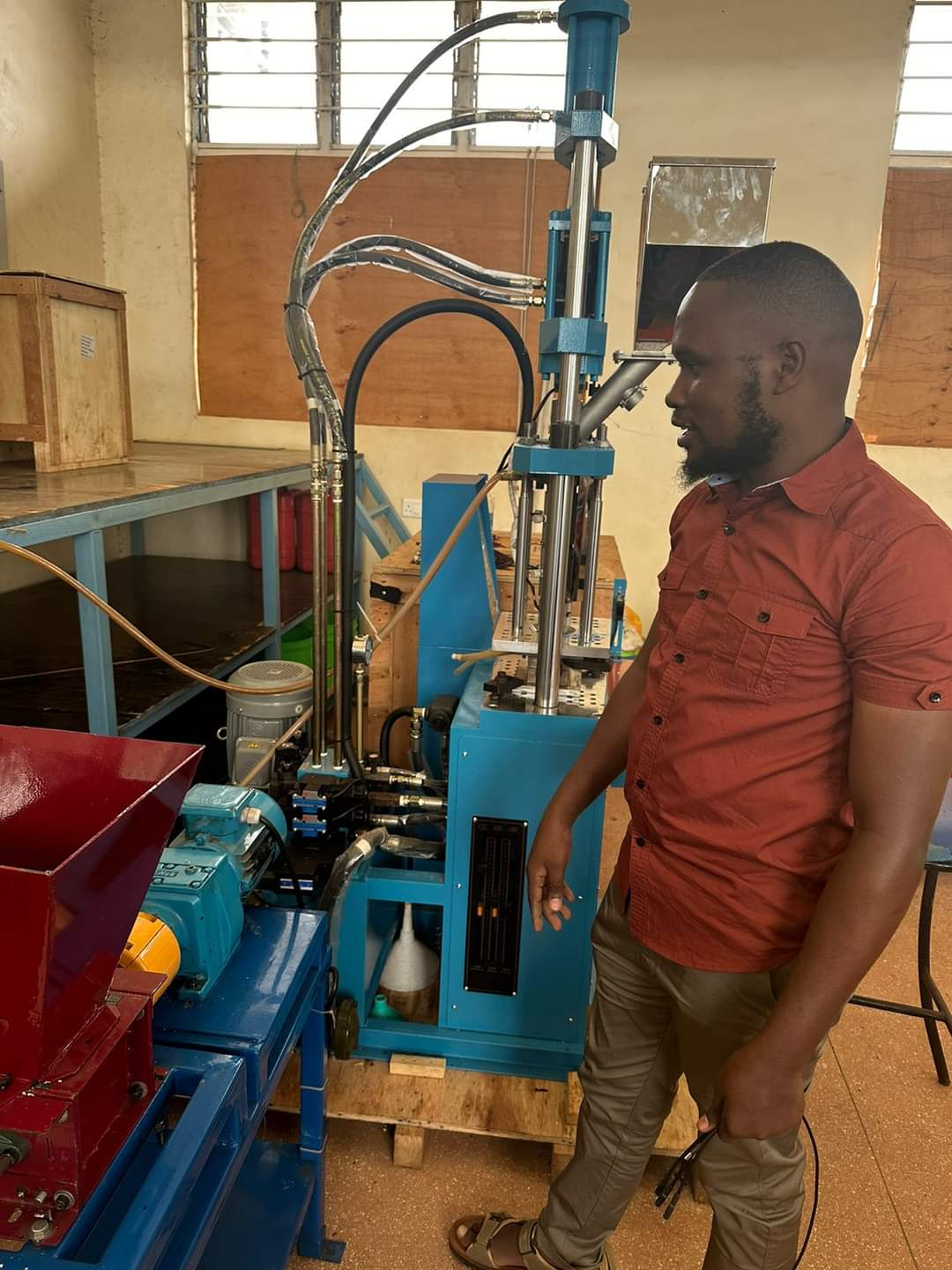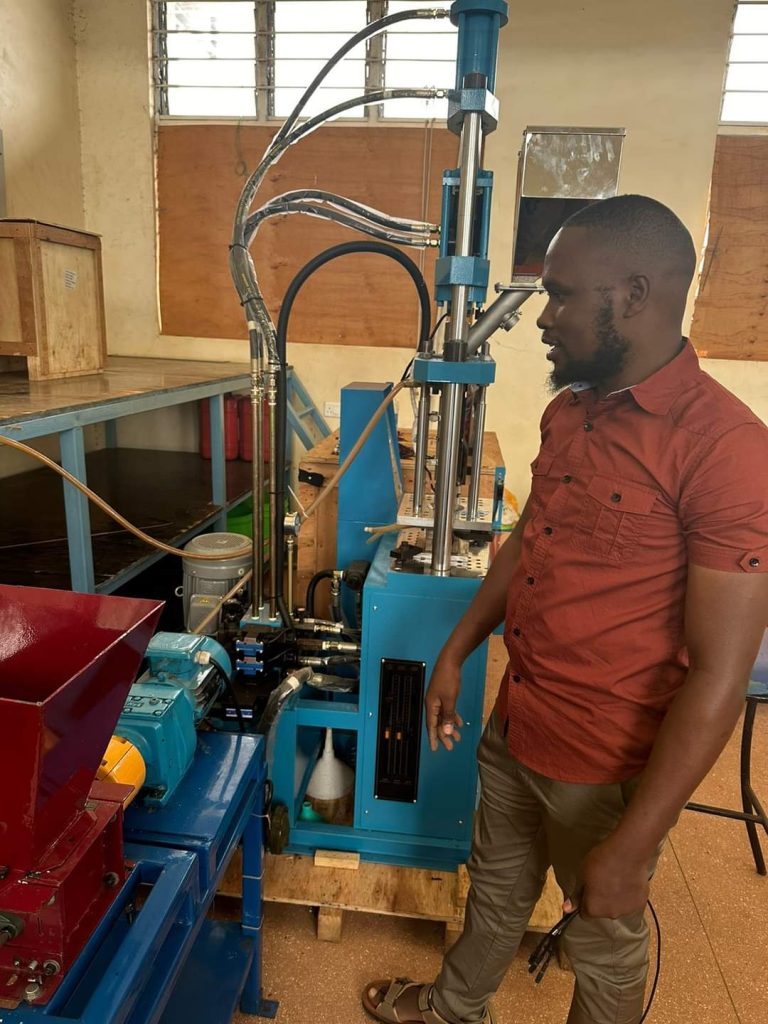Kenya: Africa’s Next Hub for Semiconductors and Electronics Manufacturing


Kenya is emerging as a key player in the global semiconductor and electronics manufacturing sector, poised to capitalize on the industry’s projected growth. The global semiconductor industry is set to reach USD 1 trillion by 2030, driven by advancements in consumer electronics, Artificial Intelligence (AI), the Internet of Things (IoT), 5G technology, and electric vehicles, according to McKinsey. In Kenya, the consumer electronics sector is expected to grow by 7.77% annually from 2024 to 2029, reaching an estimated value of around USD 490.90 million by 2029. This rapid growth underscores the urgent need to bolster Kenya’s semiconductor and electronics manufacturing capabilities.
Understanding Semiconductors
Semiconductors are critical components in modern electronic devices, including smartphones, computers, and industrial systems. Made primarily from silicon, they offer a balance between electrical conductivity and insulation, making them indispensable for a wide range of applications. As the demand for electronic devices rises, so does the need for advanced semiconductor manufacturing.
Kenya’s Technological and Innovation Ecosystem
Often referred to as the “Silicon Savannah” of Africa, Kenya boasts a dynamic technology ecosystem. Innovations such as M-PESA and local startups like STL Semiconductor, TOTOSCI, and Gearbox Electronics are integral to the electronic value chain, from design to manufacturing. Kenya leads Africa in startup funding, having secured approximately USD 800 million in 2023, with continued investment into 2024. Notable initiatives include the affordable smartphone assembly by East Africa Device Assembly, which has produced over 1 million devices since its 2023 launch, and the establishment of software development centers by Amazon Web Services and Microsoft, highlighting Kenya’s commitment to local manufacturing and IT talent.
Strategic Advantages
Kenya’s strategic positioning is enhanced by its favorable policy frameworks, such as Kenya Vision 2030 and the Kenya Digital Master Plan. The availability of affordable and sustainable green geothermal energy offers a cost advantage for manufacturing. Additionally, Kenya recently secured a USD 1.3 million grant from the USA during the Kenya-US State Visit to boost the semiconductor sector, making Kenya a key beneficiary of the USA CHIPS and Science Act in Africa. Government incentives within special economic zones (SEZs) and partnerships with leading science and technology institutions, such as Korea Advanced Institute of Science and Technology at Konza Technopolis, create a supportive environment for investment and growth.
Building the Digital Superhighway
Kenya is advancing its Digital Superhighway by laying 100,000 kilometers of national fiber optic cable, connecting over 70,000 institutions, and installing 25,000 free public Wi-Fi hotspots. This infrastructure is expected to drive demand for electronic and IoT devices, further fueling the need for semiconductors.
Addressing Supply Chain Diversification
The COVID-19 pandemic exposed vulnerabilities in global supply chains, including the semiconductor sector. Disruptions caused by factory closures and geopolitical tensions highlighted the need for diversification. Kenya has the opportunity to mitigate these risks by investing in semiconductor manufacturing, thus ensuring supply security and enhancing its reputation as a reliable player in the global market.
International Comparisons
International examples provide valuable insights for Kenya’s semiconductor industry. Belgium’s Inter-university Microelectronics Center (IMEC) recently acquired advanced chip-making technology, while Malaysia established a 60,000-square-foot Semiconductor IC Design Park, housing over 400 engineers. These models offer Kenya a blueprint for growing its semiconductor industry.
Conclusion
Despite challenges such as high technology and manufacturing costs, Kenya has significant opportunities to advance in the semiconductor and electronics manufacturing sector. Through strategic partnerships, favorable policies, and collaborative efforts from both the public and private sectors, Kenya can enhance its global standing, generate high-quality jobs, and drive innovation in this emerging field.
4o mini
ChatGPT can make mistakes. Check important info.




